Note:
The tire pressure should only be measured when the tire temperature is equal to the ambient temperature. It is best to do this after a long parking in the shade.
Tire pressure for Hyundai Creta wheels
For safe driving on the roads, tire pressure must meet certain requirements. They can be seen on a sticker on the middle pillar in the driver's door opening.
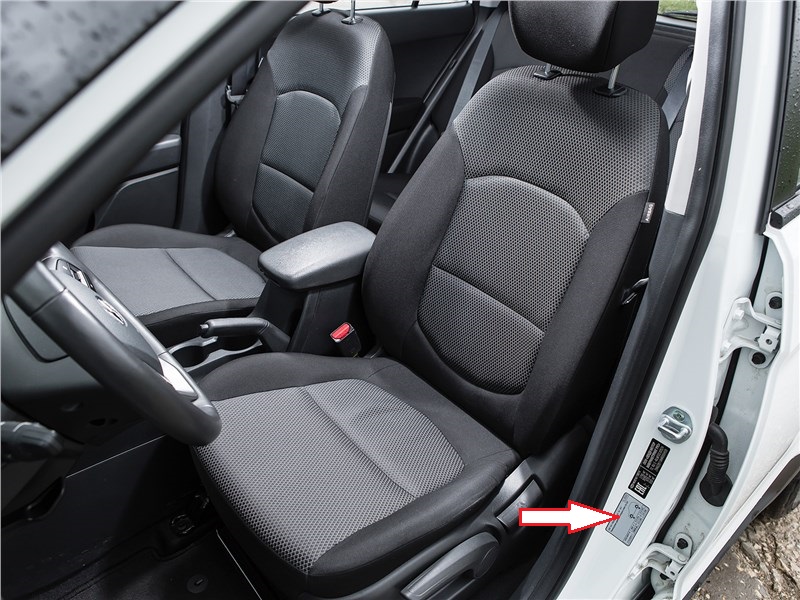

1 is the dimension of the pressure values indicated in the table;
2 - allowable tire sizes;
3 - conditional designation of vehicle loading;
4 - recommended pressure in the front tires;
5 - recommended pressure in the rear tires.
The information on the sticker shows that the Hyundai Creta can be equipped with wheels with two sizes of tires:
- 205/65R16
- 215/60R17.
In both cases, the pressure in both the front and rear tires should be:
- at partial load of the car - 2.3 bar (230 kPa) ;
- at maximum load - 2.5 bar (250 kPa) .
Driving your vehicle with both over-inflated and under-inflated tires causes them to wear out more quickly. With insufficient pressure, the edges of the tread wear out quickly, and with too much pressure, the middle.
The air pressure in the tires of the wheels of the Hyundai Creta is not constant. It depends on temperature, and their heating depends on changes in ambient temperature. When the temperature rises, the pressure increases, and when it falls, it falls. For example, in summer, in hot sunny weather, the pressure can increase by 20-30 kPa.
Checking tire pressure on Hyundai Creta wheels
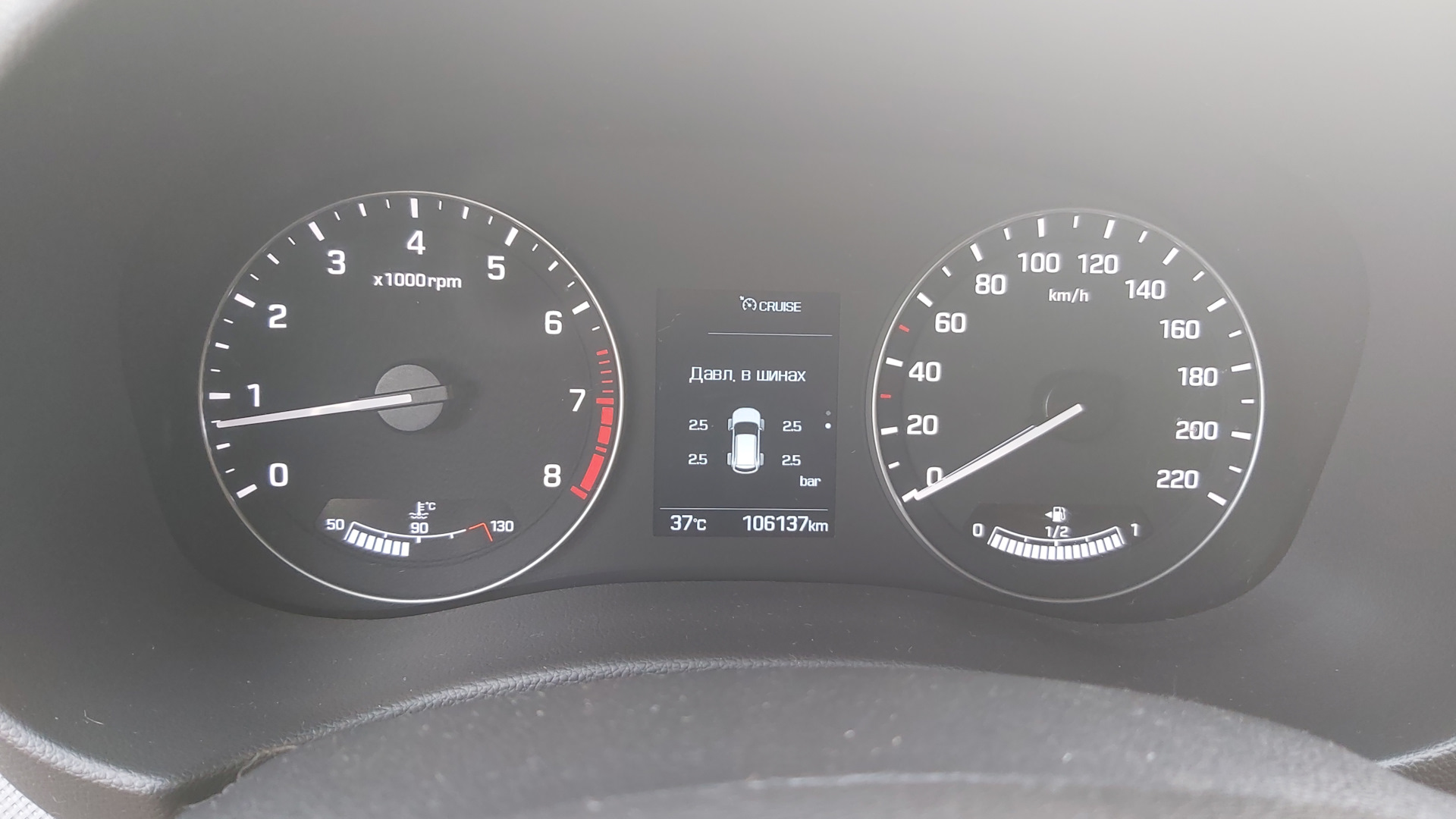
1. Place the vehicle on a level surface and turn off the ignition.
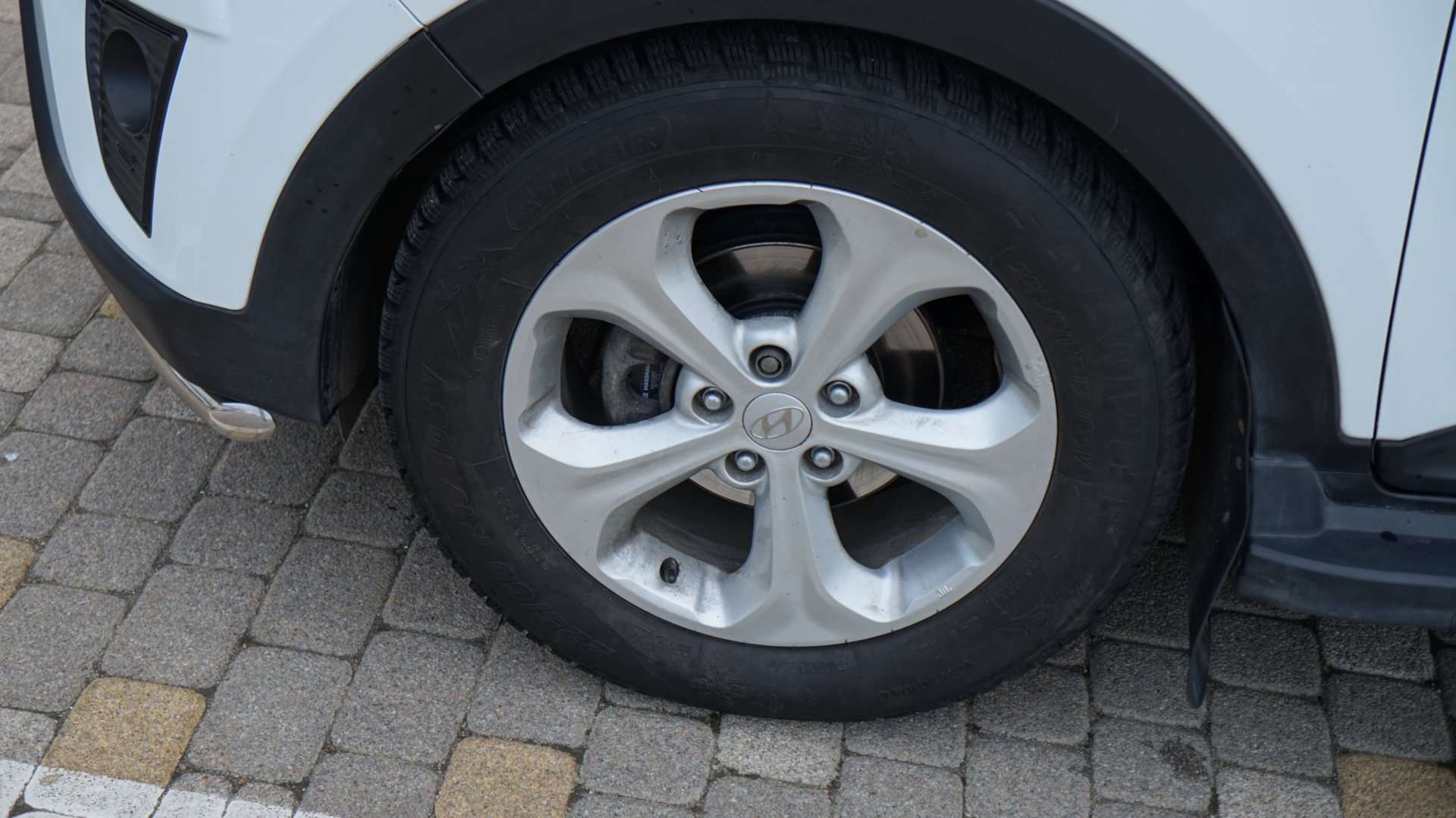
2. Unscrew the protective cap of the nipple.

3. Firmly press the pressure gauge tip against the end of the nipple. Hold it in this position for 1-2 seconds. and let go.
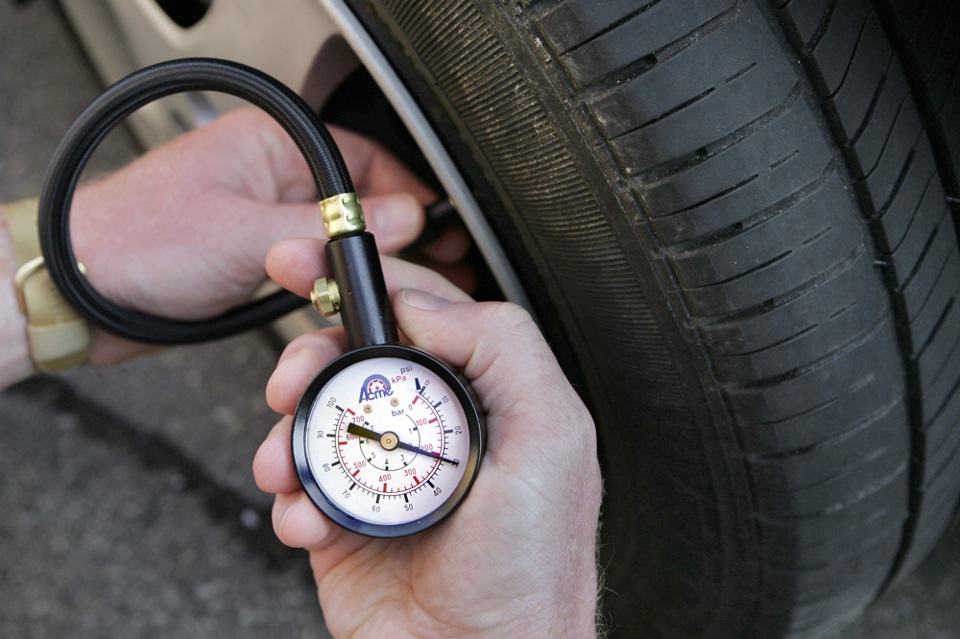
4. Return the pressure gauge to 0 and repeat the test.

5. If the pressure in the Hyundai Creta tire is lower than necessary, bring it up to normal. When pumping, check the pressure on the pressure gauge of the pump or compressor.
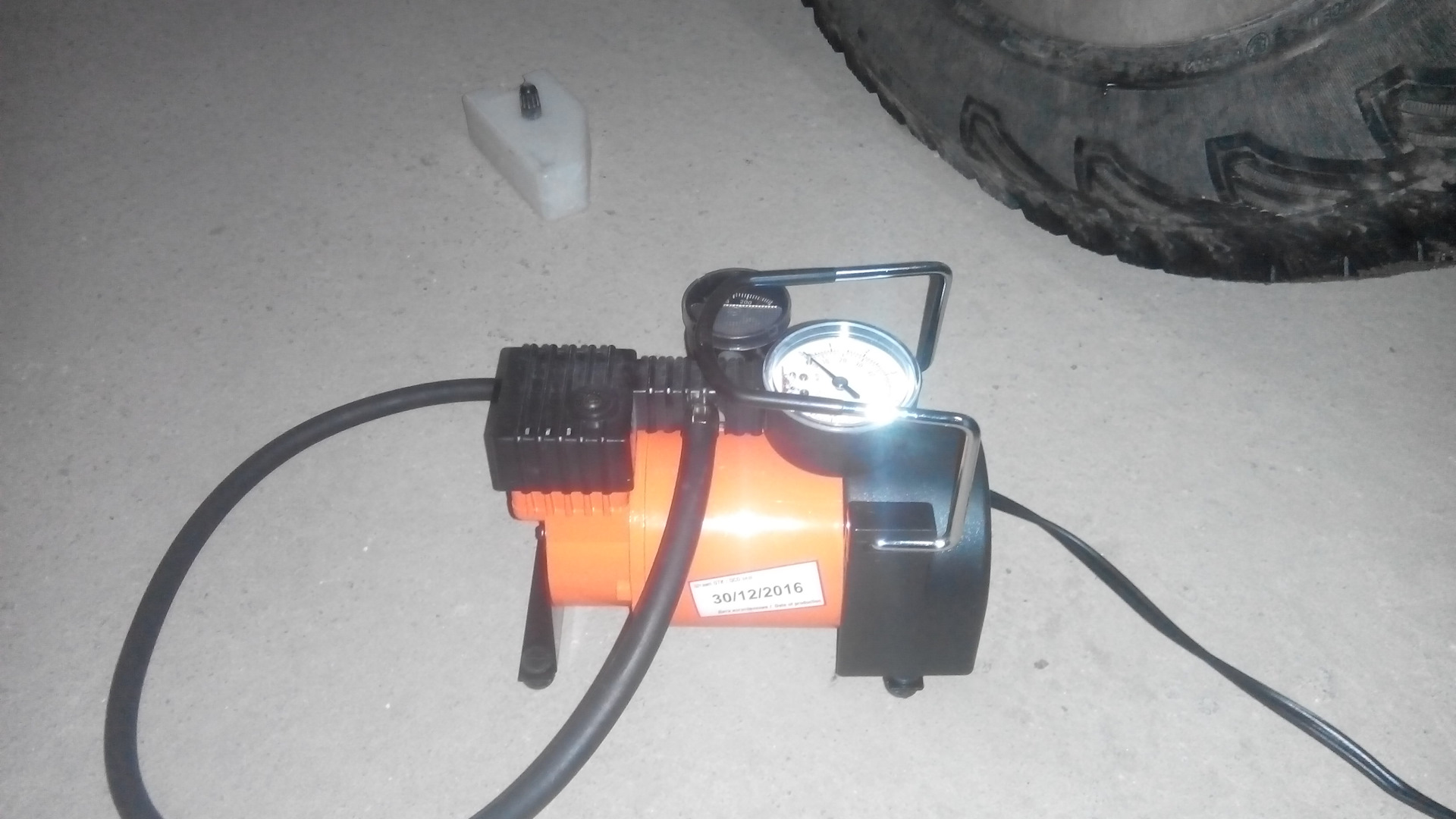
Important!
When inflating a tire, the pressure gauge shows the pressure not in the tire, but in the hose that supplies air. To accurately determine the pressure in the tire, interrupt the inflation process.
6. If the pressure in the wheel tire is higher than necessary, bleed the air by sinking the nipple axle with a special spike on the pressure gauge body or with the tip of a narrow screwdriver.
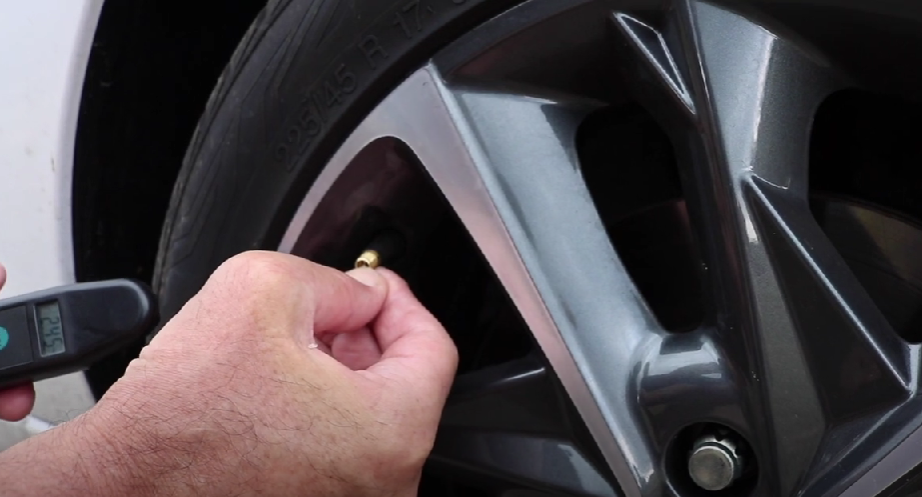

7. Screw on the protective cap of the nipple.
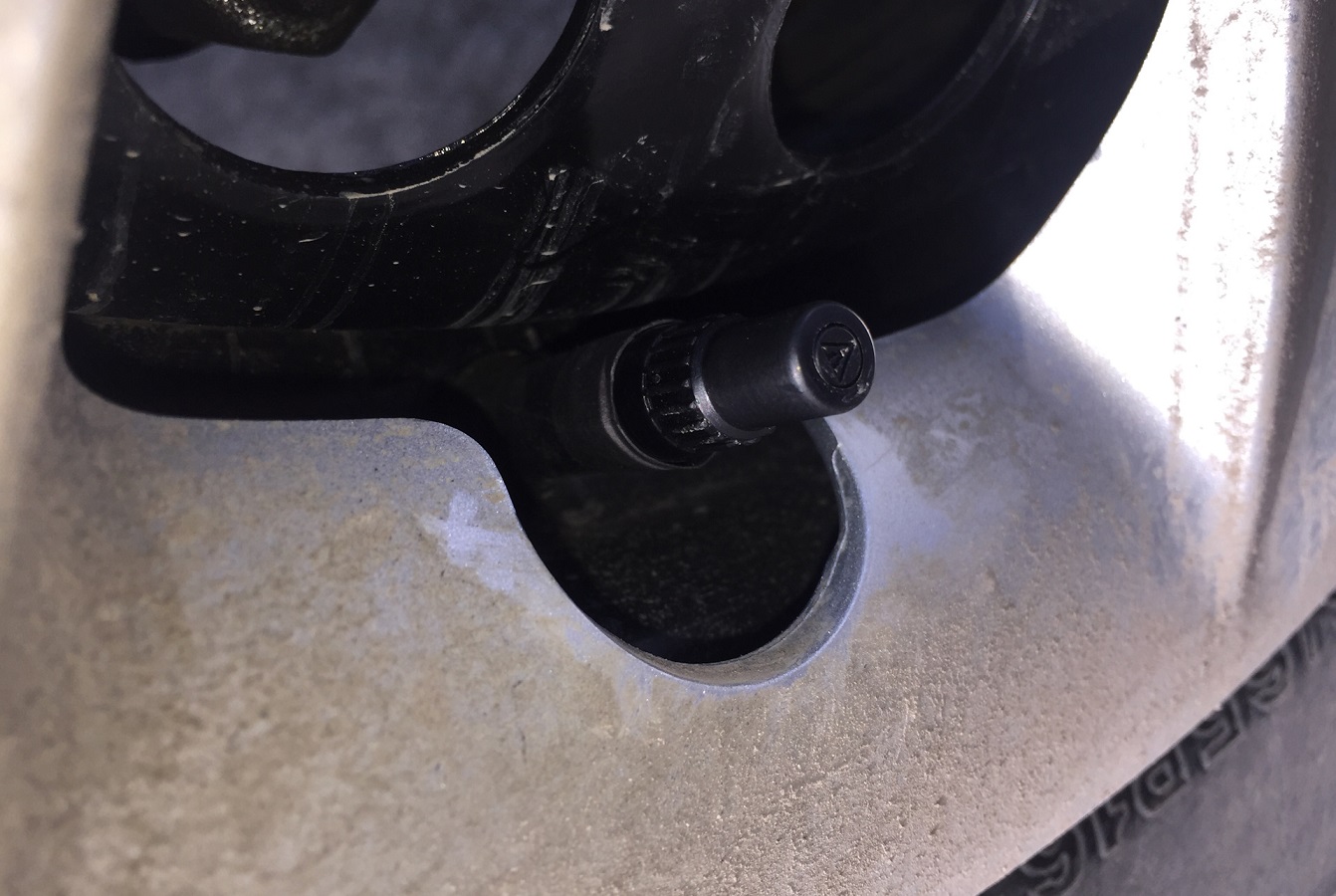
Note:
If you notice that the wheels have to be inflated more than once a week, then it is damaged: a punctured tire, a deformed rim or a defective nipple. To determine the cause, we recommend contacting a tire shop.
Source: carpedia.club


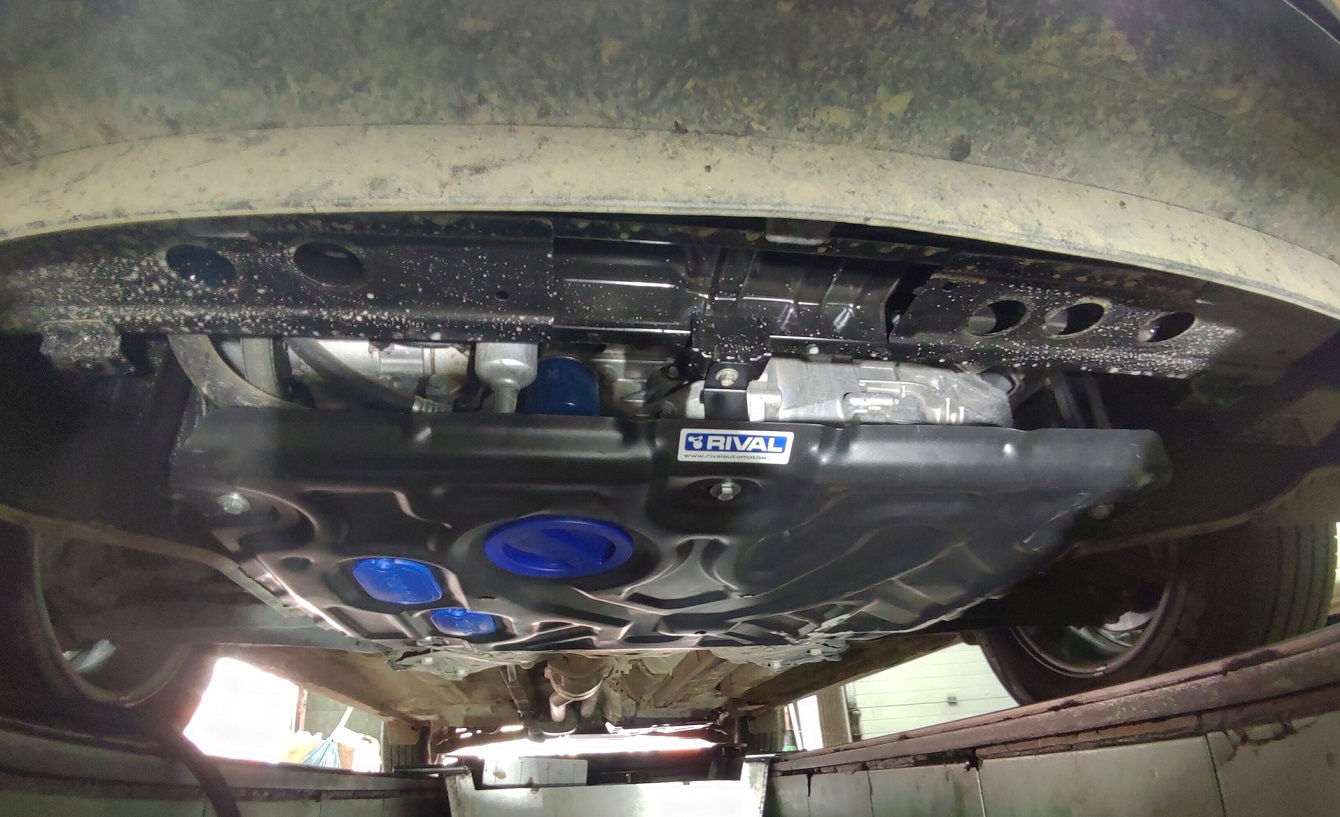
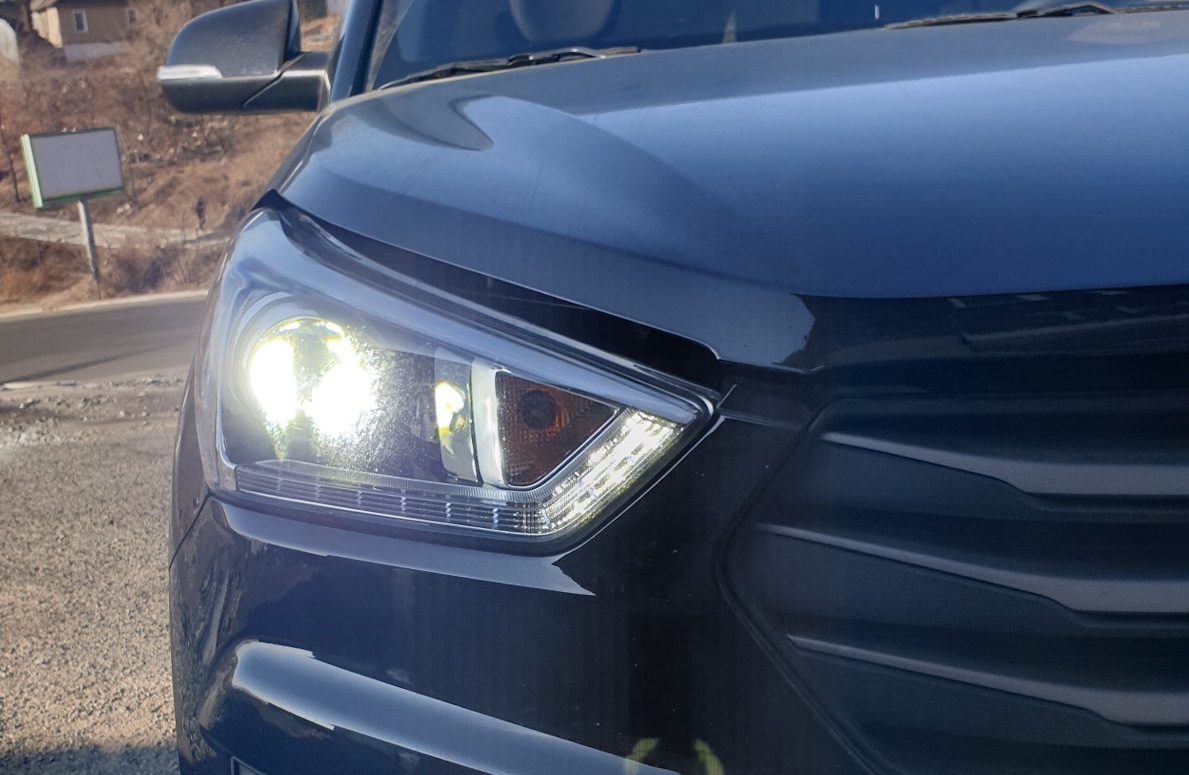
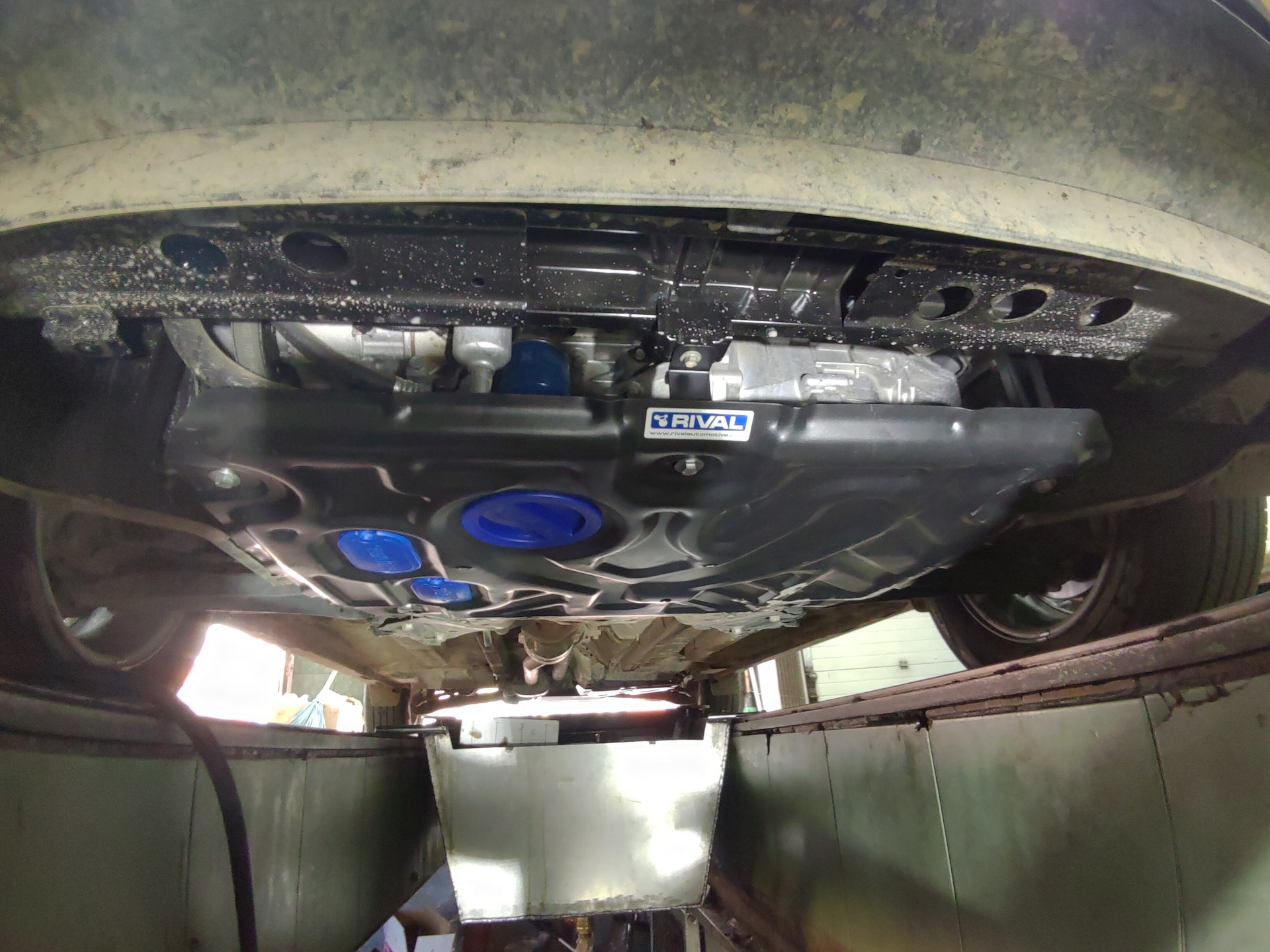
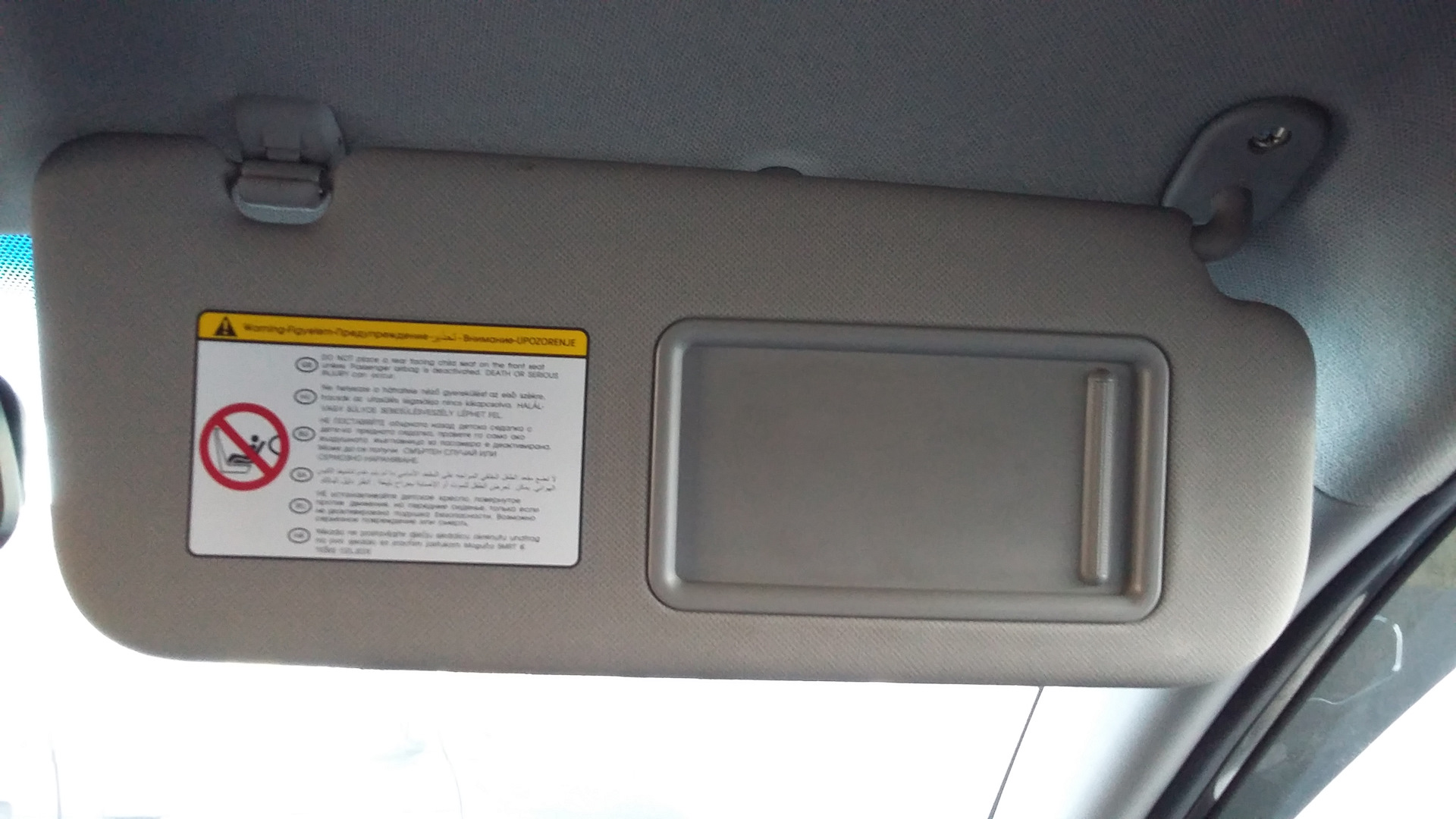
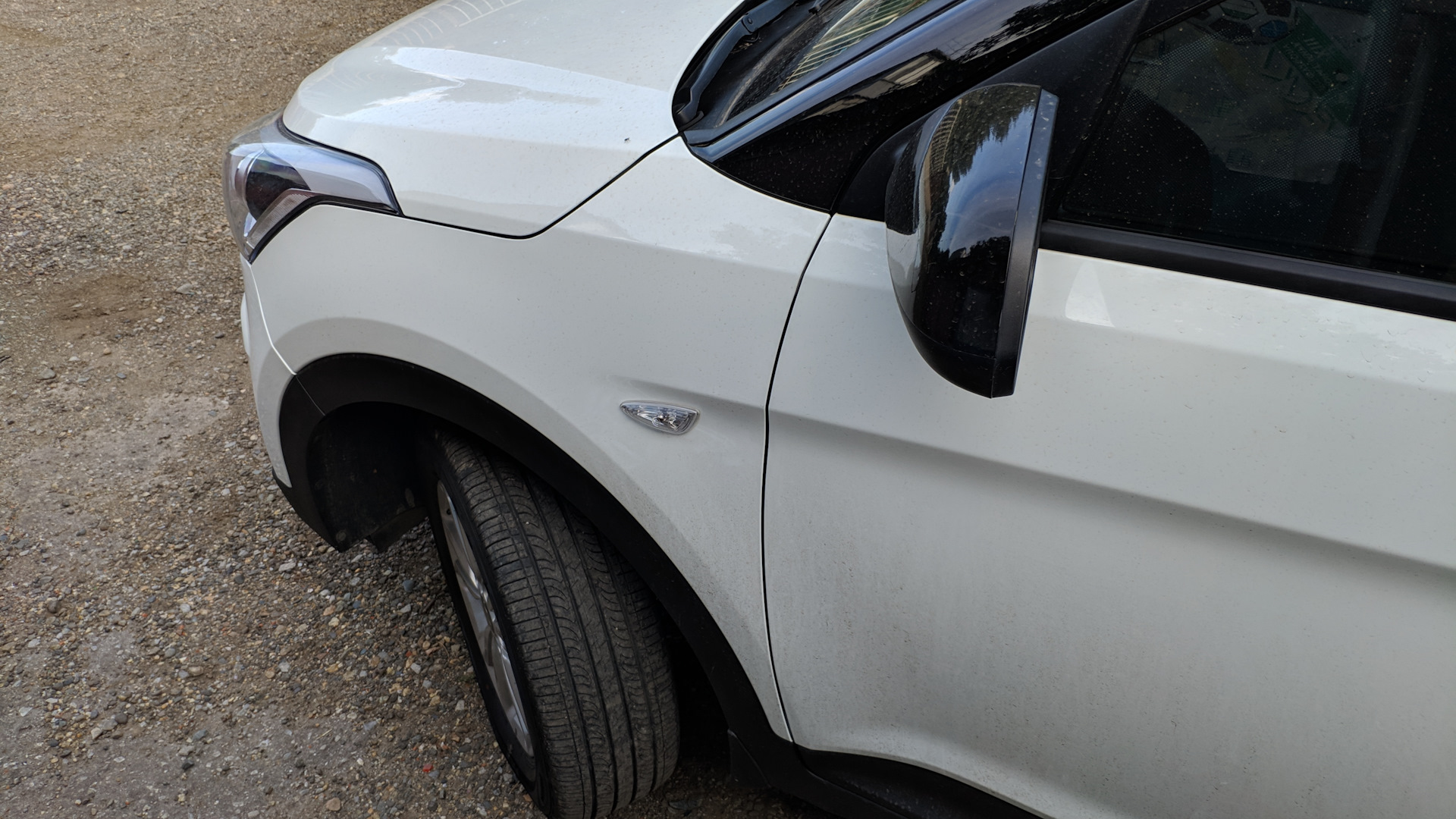

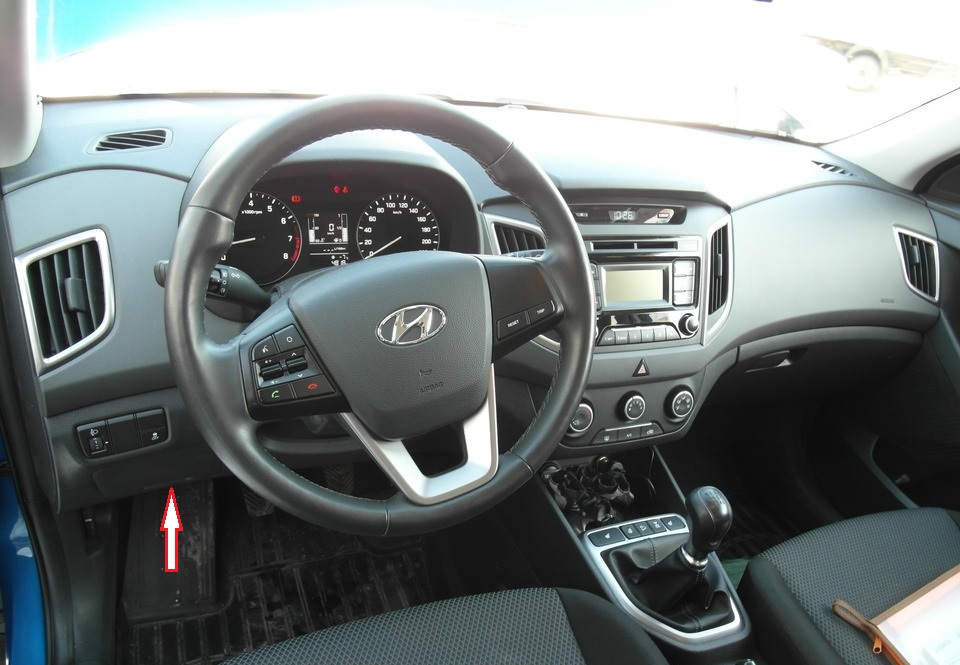
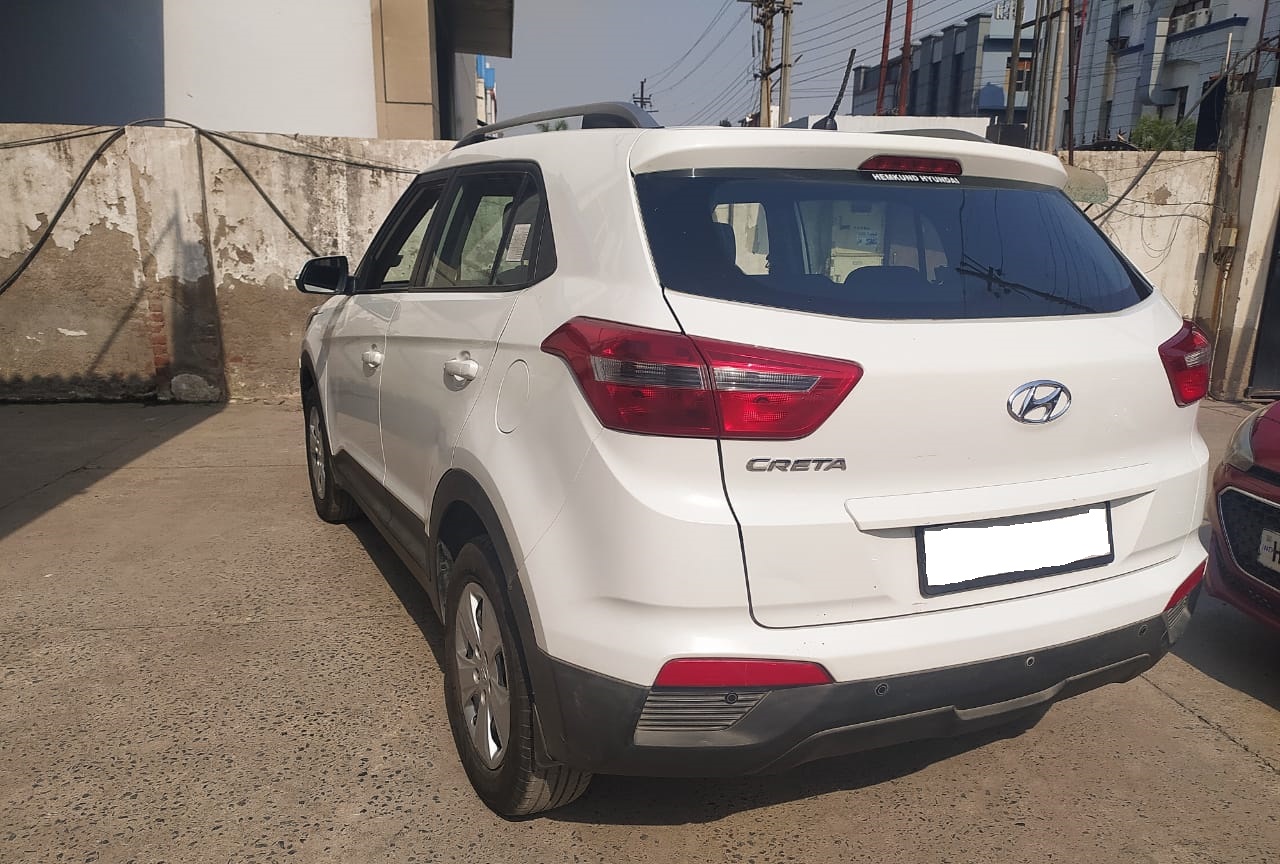
![1 generation [2015 - 2022]](/uploads/hyundai_creta_2016_1.jpg)
